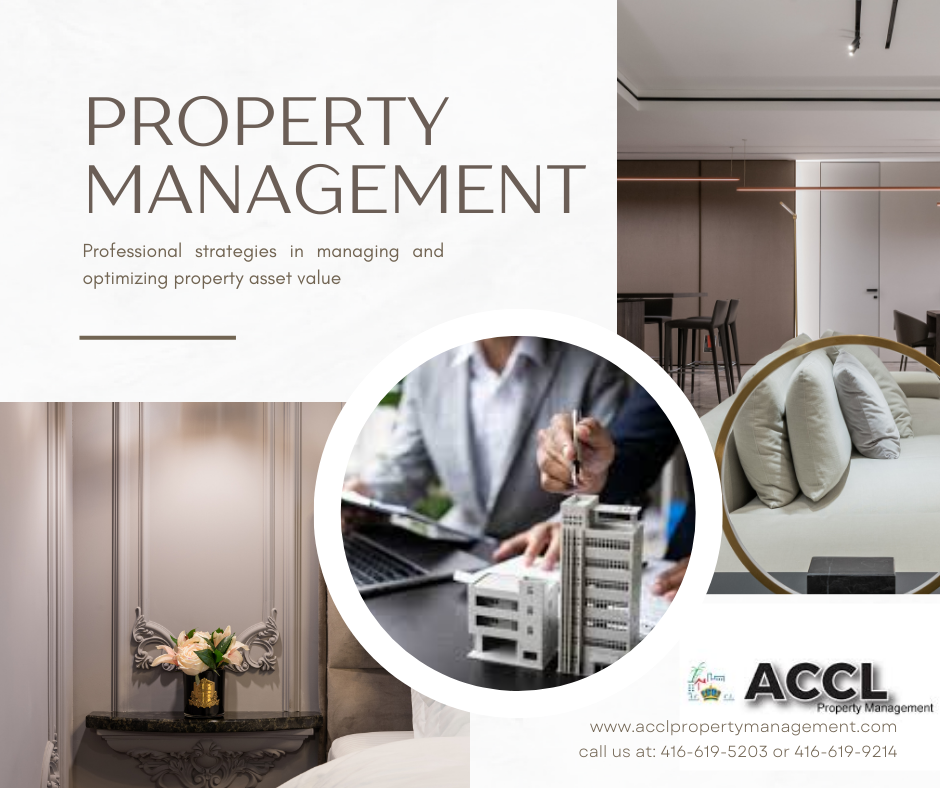Creating a Comprehensive Property Management Plan: A Step-by-Step Guide
September 8, 2025
A well-crafted property management plan is essential for maximizing returns and ensuring tenant satisfaction. Whether you're a seasoned property owner or a newcomer to the real estate game, this plan will help you streamline operations, reduce costs, and enhance property value.

Key Components of a Property Management Plan
- Property Analysis: Assess your property's condition, location, and market demand to identify areas for improvement.
- Financial Planning: Establish a budget, track expenses, and forecast income to ensure sustainability.
- Tenant Management: Develop strategies for tenant screening, communication, and retention.
- Maintenance and Repairs: Create a schedule for regular inspections and maintenance to preserve property value.
- Risk Management: Identify potential risks and develop strategies to mitigate them.
- Marketing Strategy: Outline a plan to attract and retain tenants.
Steps to Create a Comprehensive Property Management Plan
1. Conduct a Thorough Analysis of Your Property: Assess the structural integrity, location, and market demand of your property.
2. Outline a Clear Management Vision: Define your short-term and long-term goals, including financial objectives and tenant satisfaction.
3. Develop a Budget and Financial Plan: Establish a comprehensive budget, track expenses, and forecast income.
4. Create a Maintenance Plan: Schedule regular inspections and maintenance to preserve property value.
5. Implement Tenant Management Strategies: Develop strategies for tenant screening, communication, and retention.
6. Monitor Performance: Regularly review financial statements and adjust your plan as needed.¹ ² ³
Best Practices for Property Management
- Set SMART Goals: Specific, Measurable, Achievable, Relevant, and Time-bound goals will help you track progress and ensure accountability.
- Stay Compliant with Regulations: Familiarize yourself with local, state, and federal regulations governing property management.
- Implement Property Management Software: Automate operational tasks and enhance efficiency with property management software.
- Regularly Review and Adjust: Regularly review your plan and adjust as needed to ensure long-term success.

